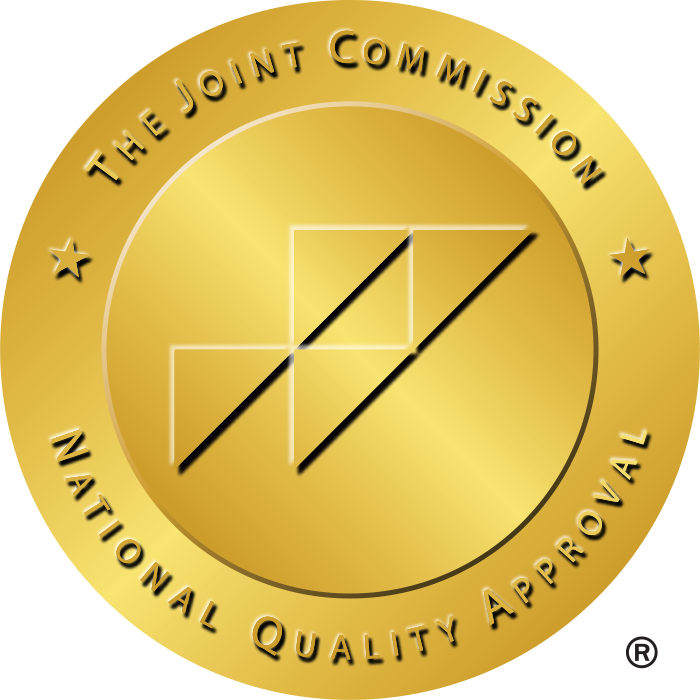Travel nursing is one way to combine your love for adventure with your passion for saving lives. However, there comes a time when you may want to shift from that nomadic lifestyle to a more permanent one.
You may be doing this for job security, health reasons, settling down with family, etc. Regardless of your reason, you need the right steps to slowly transition from your travel nursing lifestyle to a more stable one.
Fortunately, this article will walk you through the processes needed to make a smooth career change from travel nursing into a full-time nursing position. Keep reading!
Understand Your Reason for Transitioning
The first step to shifting from travel nursing to a more permanent role is to understand why you want to make the change in the first place. Such a decision has a massive impact on your personal and professional life moving forward, so you’ll need to consider several factors before transitioning.
Defining Your Goals
Your train of reasoning should begin with identifying long-term career and personal aspirations, which you can figure out by asking yourself these questions:
- Do I value the stability of a single workplace over the excitement of ever-changing assignments?
- Is building strong relationships with a consistent team or community important to me?
- How do I see my career growth and job satisfaction over the next five to ten years?
Your answer to these questions will help you evaluate whether transitioning to a permanent role is the right step in your career.
Financial Planning and Comparison
Your primary reason for working as a nurse is the financial compensation, which you will need to consider when making this career leap. Depending on the travel nursing agency and assignment, travel nurses often earn higher pay than permanent nurses, but on the other hand, permanent nurses have other benefits.
These benefits include:
- Health insurance.
- Retirement plans.
- Paid time off.
- Tuition reimbursement for professional development.
Compare these benefits and others with your current earnings as a travel nurse and determine if switching is the perfect financial decision.
Lifestyle Considerations
Changing your role will also affect your life, and in this case, it’s your task to decide if the effect is positive or negative. Your new role can change how close you are to friends and family, provide the opportunity to build a sense of community, and reduce travel demands for work.
Your conclusion on these factors will help you decide if transitioning to a permanent nursing role is a better option or whether you need to wait for another opportunity.
Tips For Transitioning from Travel Nursing to Permanent Employment
Without further ado, let’s look at some expert recommendations for landing a full-time nursing job after being a travel nurse.
1. Researching Opportunities in Permanent Roles
Your nursing career change begins with identifying stable job opportunities that match your career goals and current skills. This is necessary before even creating a resume or resigning from your agency, as you need to be sure there are job openings that match your ambition, preferences, etc.
Look into different types of healthcare facilities that hire permanent nurses, such as hospitals, clinics, or even specialized facilities (rehabilitation centers, geriatric care).
While you research these job openings, note their requirements, such as certification and experience level, to be better prepared when applying. You can find these roles on job boards, social media (LinkedIn), recruitment agencies, and similar options.
Most importantly, ensure that the organization has a positive reputation before you apply for a job. You can deduce this by investigating the workplace culture, employee satisfaction, and growth opportunities.
Lastly, be certain that the roles available offer opportunities to advance your career, such as leadership roles and specialized training programs. This gives you the confidence that you aren’t working a dead-end job with no opportunity to become a healthcare worker in the future.
2. Preparing for the Transition
Once you have confirmed that jobs that match your skills and ambition are available, the next phase is to prepare for the transition. The first phase is your resume and cover letter, which must be structured to highlight the versatility and experience you’ve gained as a travel nurse.
Showcase soft skills like adaptability, cultural competence, and the ability to work seamlessly in any healthcare environment. For permanent nursing hard skills, include essential ones like ACLS (Advanced Cardiovascular Life Support), then special certifications such as pediatric nursing or oncology nursing, depending on your role.
Also, show your achievements, such as times you’ve directly helped improve patient outcomes or successfully navigated a high-pressure situation.
You can also reach out to your supervisors and colleagues from previous travel assignments to provide glowing recommendations. These references show employers that you are reliable, clinically skilled, and can thrive in any health care environment, boosting your chances of landing that permanent role.
3. Navigating the Transition Process
Transitioning to a permanent nursing role involves more than securing the job; you need to be ready to adjust to a new professional and personal rhythm. To understand your new role, go through and understand your employment contract.
This will detail all employment elements, such as your salary, benefits, work hours, job responsibilities, and more. When reading this document, ensure the salary reflects your experience and skills, and check for benefits like health insurance, retirement plans, and paid time off to ensure they meet your needs.
It’s also important to keep an open mind during this career change, as you won’t have the same flexibility you once enjoyed as a travel nurse. However, you’ll have the chance to build deeper connections and a sense of community with people at your workplace.
Expect to face hurdles along the way, as adapting to long-term commitments and a fixed routine can feel difficult at first. You can find support amongst your colleagues, stay focused on the positives like stability and career growth, and be proactive about addressing concerns with your new employer.
4. Focusing on Long-term Career Growth in Permanent Roles
As previously mentioned, the goal of getting a permanent nursing role is to find valuable opportunities to grow personally and professionally. However, this depends on the roles you choose on this new journey.
To progress your career as a permanent nurse, it’s best to pick areas like oncology, pediatrics, or critical care. You can also go for leadership opportunities, like becoming a nurse manager or director as they ensure you can graduate from a regular nurse to something more.
You can also grow professionally by pursuing new education, such as enrolling in advanced nursing degree programs, such as a Master of Science in Nursing (MSN) or a Doctor of Nursing Practice (DNP). Doing this makes you an invaluable asset to your organisation and can even qualify you for additional benefits and pay raises.
However, regardless of your career aspiration, always focus on achieving a work-life balance; otherwise, you may quickly become overwhelmed by work. You can do this through hobbies, volunteering, prioritizing self-care, and setting boundaries for how much work you can handle before burning out.
Conclusion
In the end, transitioning from a travel nurse to a permanent role can be the right step forward for your career. But to be sure, you have first to analyse why you want to make the change, how it will affect your financial life, and what lifestyle changes you will need to make.
Once you have considered these, your first step is to check for job openings for roles that match your skills and ambition. You can find these positions through job boards, social media, and hiring agencies.
Next, prepare your resume and cover letter to showcase your qualifications, experience, and other skills. Depending on your desired role, you may include essential abilities like ACLS, pediatric nursing, oncology nursing, etc.
Keep in mind that you will need to prepare yourself for adjusting to this permanent role since you will no longer have the flexibility that comes with travel nursing. But if done right, you can expect impressive benefits, job security, career advancement, and more.
Good luck!







